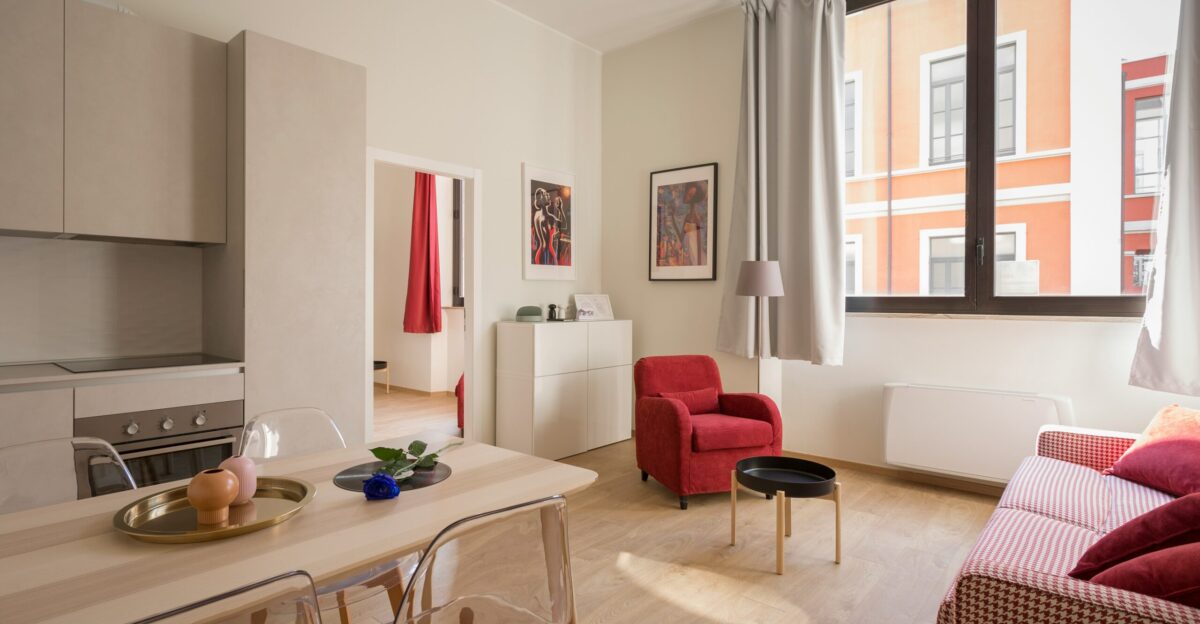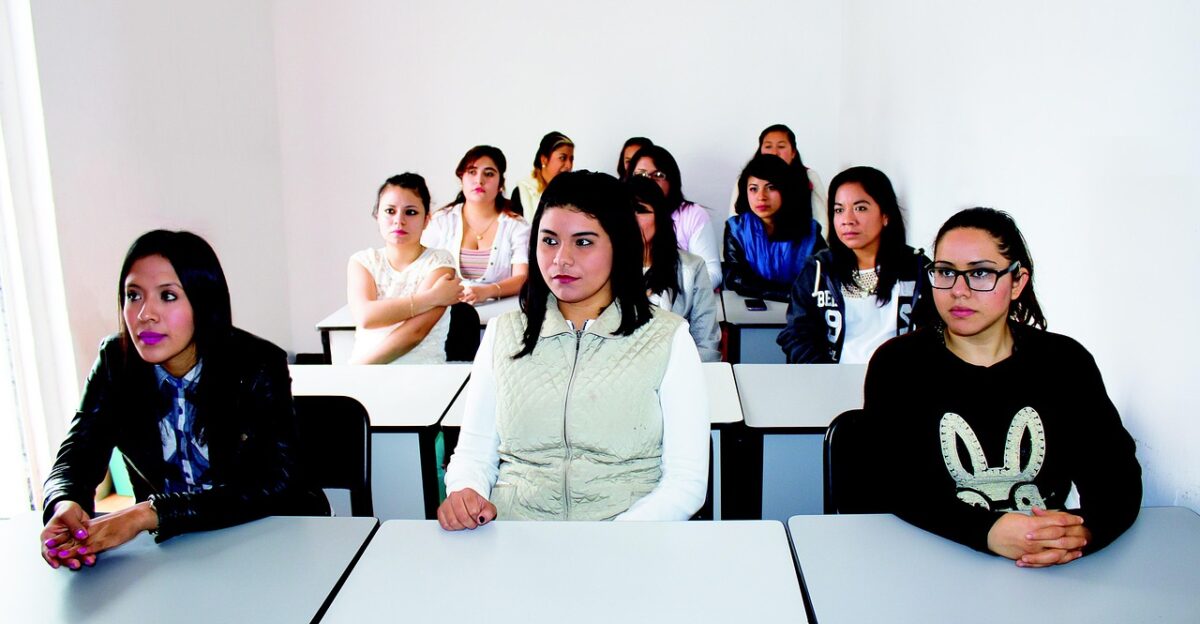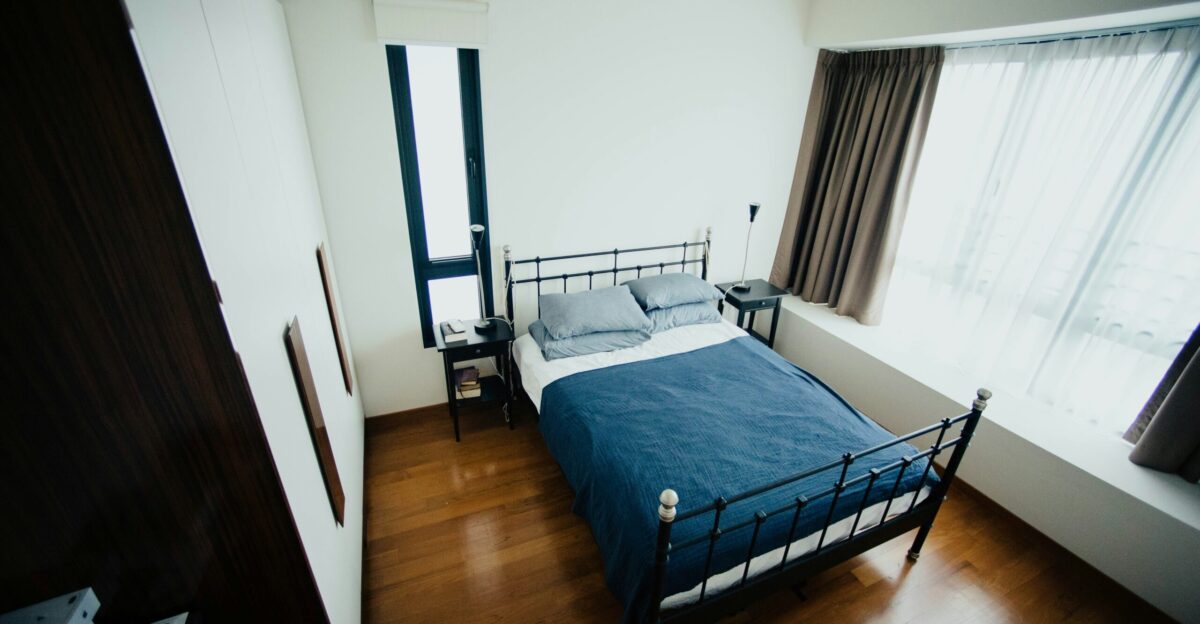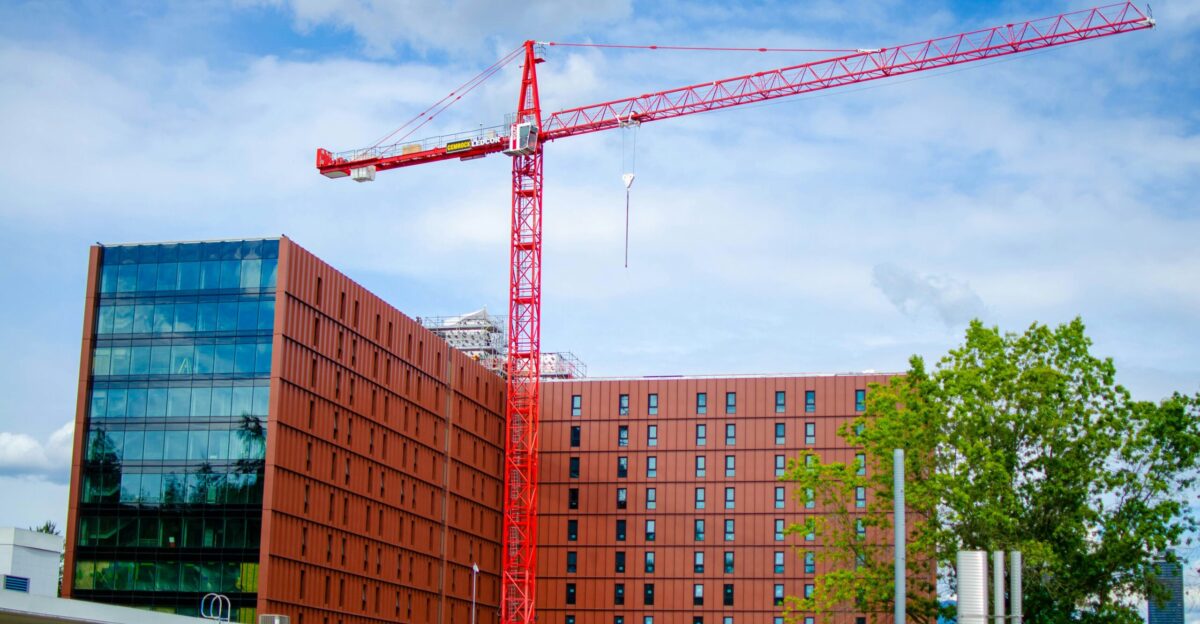
In recent years, student housing developers across the U.S. have undergone a significant shift in strategy, placing newfound emphasis on affordability. By 2025, the trend of extravagant amenities once cherished by students has given way to more functional, cost-effective solutions.
The extravagant rooftop pools and private cinemas that were once the hallmarks of newly developed properties have fallen out of favor. Early data indicate a marked decline in luxury apartments, showing developers are pivoting toward meeting students’ pressing financial needs in an increasingly challenging economic landscape. As affordability takes center stage, the industry has begun to realign its priorities.
The Rising Financial Burden

The financial pressures placed on students have intensified in recent years, exacerbated by rising tuition costs and inflating living expenses. Developers face greater risks as students’ wallets feel the strain, with luxury units sitting empty for extended periods.
Brian Bronstein, CEO of Scion Group, aptly summarized the situation by stating, “There’s a sea change in the type of housing students actively seek.” This change reflects a nationwide trend as students prioritize affordability over lavish amenities, forcing developers to rethink their approach. Given these changing preferences, the demand for budget-friendly options has surged.
Historical Context of Student Housing

Historically, student housing in the United States has thrived on luxury features designed to convey status. Throughout the early 2010s, lavish amenities like modern fitness centers and stylish tech lounges became indispensable components of student accommodations.
By 2023, over 40% of newly constructed properties featured at least one luxury element, reflecting the belief that such features would attract a higher-paying tenant demographic. However, this status quo is challenged as economic considerations override previous trends, leading developers to reconsider the values that guided their designs and projects in the preceding decade.
Fresh Challenges Amid Enrollment Increases

In 2024, universities experienced an unexpected spike in enrollment figures following declines brought on by the pandemic. This surge placed immense pressure on already stretched housing supplies across many campuses. At the same time, economic pressures affecting families significantly increased, causing the average American student to contend with a 7% rise in living costs.
In an increasingly competitive landscape, housing operators have been forced to confront these emerging challenges and reevaluate their priorities. As a result, the emphasis on affordability in housing has become a direct response to financial realities facing students today.
The Decline of Luxury

By mid-2025, the movement away from luxury accommodations became increasingly evident. Most student housing projects reported reducing or completely eliminating luxury amenities, as budget constraints and occupancy targets dominated planning decisions. Developers acknowledged that properties designed with functional and practical layouts tended to outperform their extravagant counterparts.
For many students, the allure of luxury has faded; they are now more focused on finding affordable options that meet their fundamental needs for shelter and community. One property manager noted, “Students want value and are willing to forgo fancy extras.”
The Local Impact

Flagship universities in states like Michigan, Texas, and Arizona witnessed a dramatic increase in demand for affordable housing options. Responding to this surge, several campus partners took the initiative to convert upscale suites into more affordable standard accommodations.
Older dormitories, which may have once been overlooked, saw occupancy rates climb by over 12% as students opted for practicality over luxury. A student from Texas shared her experience, saying, “I’d rather live in a simple dorm than pay exorbitant prices for a luxury apartment I won’t use.” This local trend reflects a growing sentiment favoring affordability over opulence.
Voices of the Students

The thoughts of students echo a unified desire for attainable housing. Lisa Chen, a sophomore at the University of Michigan, spoke candidly about her decision: “It’s not about fancy extras anymore. I chose the newly renovated but basic halls because I want something functional and affordable.” Her sentiments mirror a broader narrative across college campuses, where students prioritize cost-effectiveness amidst rising tuition and living expenses.
This shift highlights how students’ core values are evolving, revealing a collective yearning for housing arrangements that align with their financial realities, rather than extravagant offerings they deem unnecessary.
Changing Strategies Among Competitors

National housing firms are reevaluating their investment strategies, returning from luxury amenities in response to market demands. For example, Scion Group has reduced its focus on luxury-centric projects by 30% from 2023 to 2025, redirecting resources to foster developments that prioritize affordability. Smaller firms are joining this movement, understanding that market needs have shifted dramatically.
The continual evolution of these competitive strategies indicates a fundamental transformation in the student housing landscape, as developers adapt to ensure their offerings align with the current preferences of an increasingly cost-conscious student population.
Macro Trends Reshaping Housing

As inflation shows no signs of abating, student budgets face ongoing tightening, necessitating a broader rethinking of housing offerings within the sector. Property managers have identified economic pressures as the primary driver behind the waning demand for high-end units, prompting a shift toward mid-market housing options.
Amid this uncertainty, units positioned at a lower price point are experiencing greater stability in rental demand, highlighting a turning point in the market. Engaging with this dynamic is crucial as developers strive to create spaces that resonate with students’ changing needs.
A Demand for Flexibility

Student housing providers observe an increased appetite for flexible leasing options, such as month-to-month leases and shared bedrooms. Some developers also implement tailored payment plans to address students’ financial predictability needs. “Having options means we can manage our expenses better during school,” a student remarked when discussing the changing landscape of leases.
This surge in demand for flexibility has resulted in record pre-leasing rates for non-luxury units, as students prioritize affordability while seeking living arrangements that accommodate their academic and personal needs amid rising costs.
Internal Conflicts Among Developers

As the landscape evolves, many property owners are wrestling with internal debates regarding the future of luxury features in their developments. Should they prioritize maintaining brand prestige or align with occupancy goals and emerging student preferences? An unnamed property manager expressed the complexity of this decision: “Occupancy is the final verdict.
We need to be practical, but a part of us still values our brand.” The clash between tradition and adaptability illustrates the challenges developers face in a market increasingly driven by students’ financial realities.
Organizational Changes for the Future

In response to shifting demands, executive teams at top U.S. development firms prioritize affordability as part of their long-term strategy. New roles focusing exclusively on budget and utilization have been introduced, with specialists integrated into site selection teams. These organizational changes signal an acknowledgement that the landscape of student housing is altered irrevocably.
As one executive noted, “We are adapting our core business to meet the needs of today’s students.” This proactive approach indicates a commitment to balancing profitability with the growing demand for housing solutions, prioritizing financial viability.
Innovative Comeback Strategies

Some luxury-only properties are creatively retrofitting their offerings to reclaim occupancy rates, transforming indulgent features into functional spaces. Amenities are being repurposed into communal study lounges, community kitchens, and coworking spaces for student collaboration.
One developer shared, “We’ve realized that students want to be in spaces that support their daily activities.” The shift reflects a commitment to evolving student needs by focusing on practical amenities that foster an engaging community, consequently stabilizing Occupancy as developers cater to what students truly value in their living environments.
Skepticism from Industry Analysts

While the trend towards affordability gains traction, researchers warn that such adjustments may blur the lines between student housing brands. “Students want value, but there’s a risk of oversimplification,” cautioned Will Baker of Walker & Dunlop.
He highlighted that while affordability is pertinent, maintaining distinctions among housing options remains critical to meet various student needs. This ongoing debate suggests that developers must tread carefully, balancing affordability and brand identity while continuing to deliver quality housing that resonates with their core audience.
Projections for the Future

Developers closely monitor ongoing economic fluctuations that could influence housing demand as the student housing market adjusts. Some forecast a lasting orientation away from luxury units toward more budget-friendly options, considering the growing financial realities for students.
Conversely, others speculate a potential resurgence of luxury offerings as the economy stabilizes. This divergent outlook indicates a pivotal moment in the development landscape, forcing stakeholders to navigate an uncertain future while remaining responsive to the evolving needs of students in the coming years.
Policy Implications for Development

In light of the increasing demand for affordable student housing, local government authorities are reevaluating zoning regulations to encourage more affordable development projects. By streamlining processes and offering incentives for developers to create low-cost housing options, policymakers hope to address the escalating crisis surrounding student accommodation.
One city planner stated, “We need to facilitate development that prioritizes affordability, enabling students to thrive academically without facing constant financial burdens.” This proactive approach highlights the role of policy in shaping the future landscape of student housing.
The Need for Collaboration

To tackle the challenges posed by rising housing costs, collaboration among universities, developers, and student organizations has become more essential than ever. By working together, these stakeholders can create solutions that address the unique needs of students while ensuring sustainable development.
“It’s about partnerships, finding harmony between the needs of students and developers’ capabilities,” remarked a university administrator. This collaborative groundwork points to a more holistic approach to student housing, where each party contributes valuable insights that ultimately benefit the student community.
Student-Centric Initiatives

A growing number of student-focused initiatives are being launched to ensure that housing options directly cater to students’ needs. From designing spaces to hosting events that foster community engagement, developers are increasing their commitment to creating student-centric environments. This focus signals a shift towards recognizing students as valued stakeholders in the development process.
Students are being invited to share their preferences, and many developers are actively incorporating feedback into planning stages. As one developer emphasized, “We want students to feel heard and included in designing their own living spaces.”
Monitoring Changes Over Time

Continuous monitoring of changing trends in student preferences is imperative for developers navigating this evolving landscape. Developers can adapt their strategies by collecting data on occupancy rates, leasing trends, and student feedback. Engaging with students regularly provides valuable insights into their evolving needs and preferences.
A housing analyst noted, “Staying ahead of trends is essential, and understanding the student perspective will help us create solutions that resonate.” This emphasis on responsiveness equips developers with the tools necessary to remain competitive while aligning with the latest insights from their primary audience.
Concluding Vision for Student Housing

The landscape of student housing is undergoing a transformative journey, with affordability now being a central focus for developers and students alike. As economic realities continue to shape preferences, it is clear that a collective shift has emerged, one aimed at prioritizing functionality and community over luxury.
The evolution invites stakeholders to engage in a robust dialogue to secure a future where quality housing is accessible and practical for all students. One industry expert concluded, “What matters most is creating spaces that allow students to live, learn, and grow.”